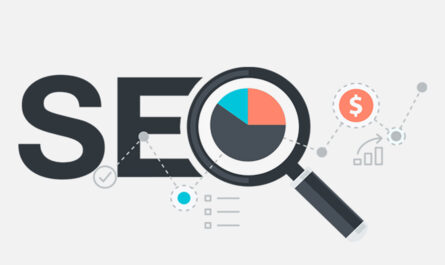Digital marketers of the present age spend hours optimising ads which sometimes, deviates them from the target audience. An effective approach is treating ads and landing pages as two parts of one-whole which eventually generate better leads and more sales. The result; better return on investment and happier colleagues! Here’s how to drive the campaigns in a more strategic theme per the landing pages;
- Elevate landing pages & ads with pain points
Reaching out to customers for feedback is the best way to monitor marketing activities that include paid campaigns and landing pages. Pick a customer having good rapport with a company which can be done through indicators such as high customer lifetime values or active engagement on social media platform. Establish contact in-person or conduct a video interview, asking them to submit their honest feedback on marketing and product strategies.
Use the details to know why your product is needed by a particular prospect or any other. Add their pain points to the landing page headlines and the ad, hold a confidential meeting to discuss the problems they face in the employment and feature the product far and wide for effective promotion.
- Quality measurement – Paid conversions with lead scoring
Lead scoring measures the likelihood of individual’s buying pattern and preference based on behaviour and information over the web. Dozens of factors can help in scoring the leads such as location, company size, title, website activity, industry, customer revenue, engagement, form submission and open emails so on.
Appropriate lead scoring keeps a close check on both landing page ads and paid campaigns if they’re generating good leads or perhaps absolute failure. Sift through leads of a particular landing page and compare them to the targeted persona. See if they’re same or perhaps you’re pulling someone else by accident!
Ad campaigns or landing pages may be responsible for the flaw so you need to carefully analyse the copies, images and design elements. When you navigate to the landing page ad, it continues targeting specific audience as well as outlining expectations of the digital marketers from whitepaper.
- Analyse engagements using heat maps
Heat maps reveal interactivity of people with pages by tracing clicks, mouse movements and scroll depth. The result is depicted with data visualisations that display information about how users navigate through pages. Red spot mean higher activity whereas the area in blue indicates less web activity. Heat maps can be used to improve landing pages if you move call to actions in the red zones and bump the secondary information to cooler spots and bring them altogether.
Take a forward leap using heat maps to monitor paid channel engagement. During start of the campaigns, sending people on the similar landing pages is normal irrespective of the engagement. You can score insight on an audience layer using heat maps to segment users based on their interactivity with content. The details can be used to design landing pages that exactly provide information users look for thereby ensuring maximum conversion.
Conclusion
Traffic Digital takes on the best practices for social, search and digital strategies being the top digital agencies in Dubai.
